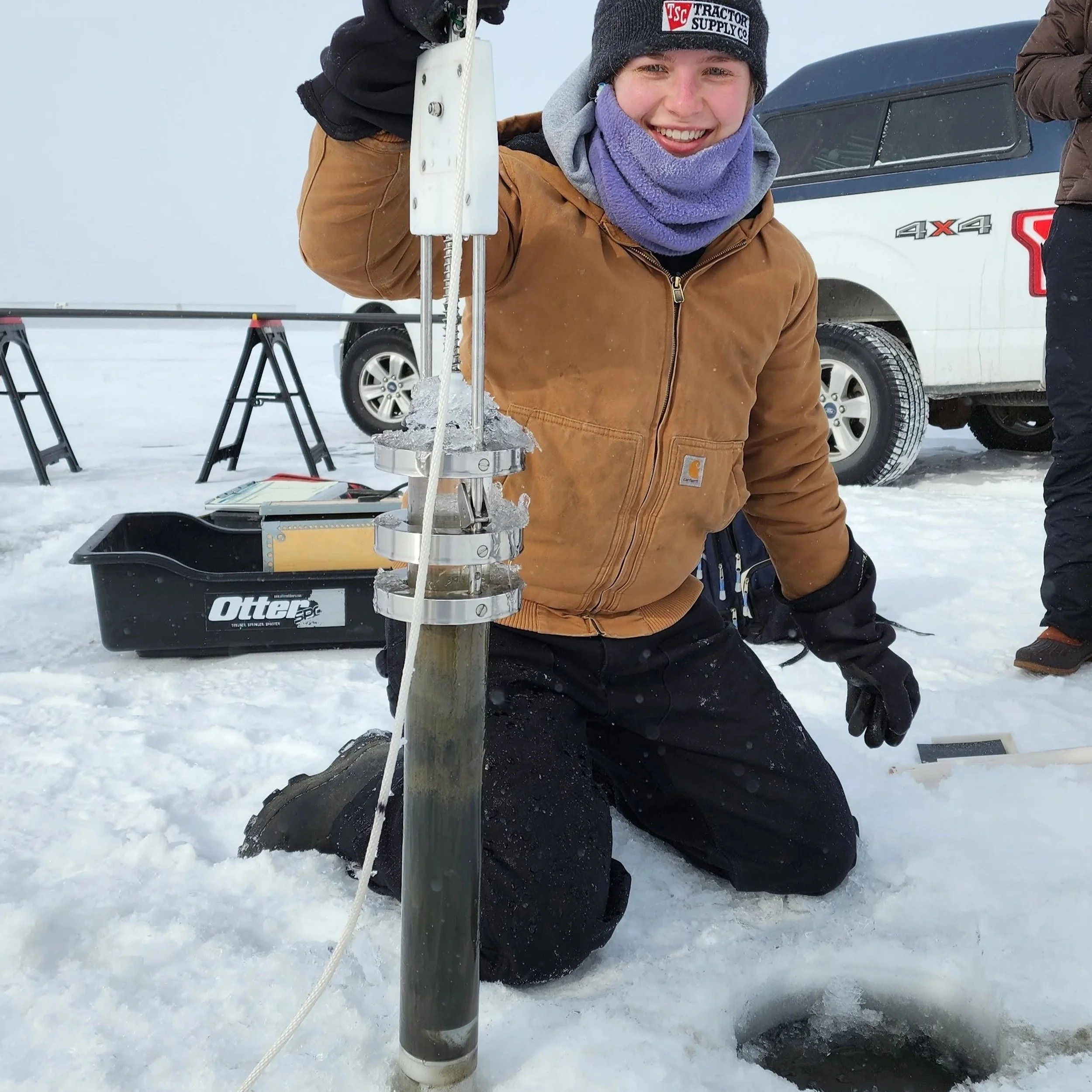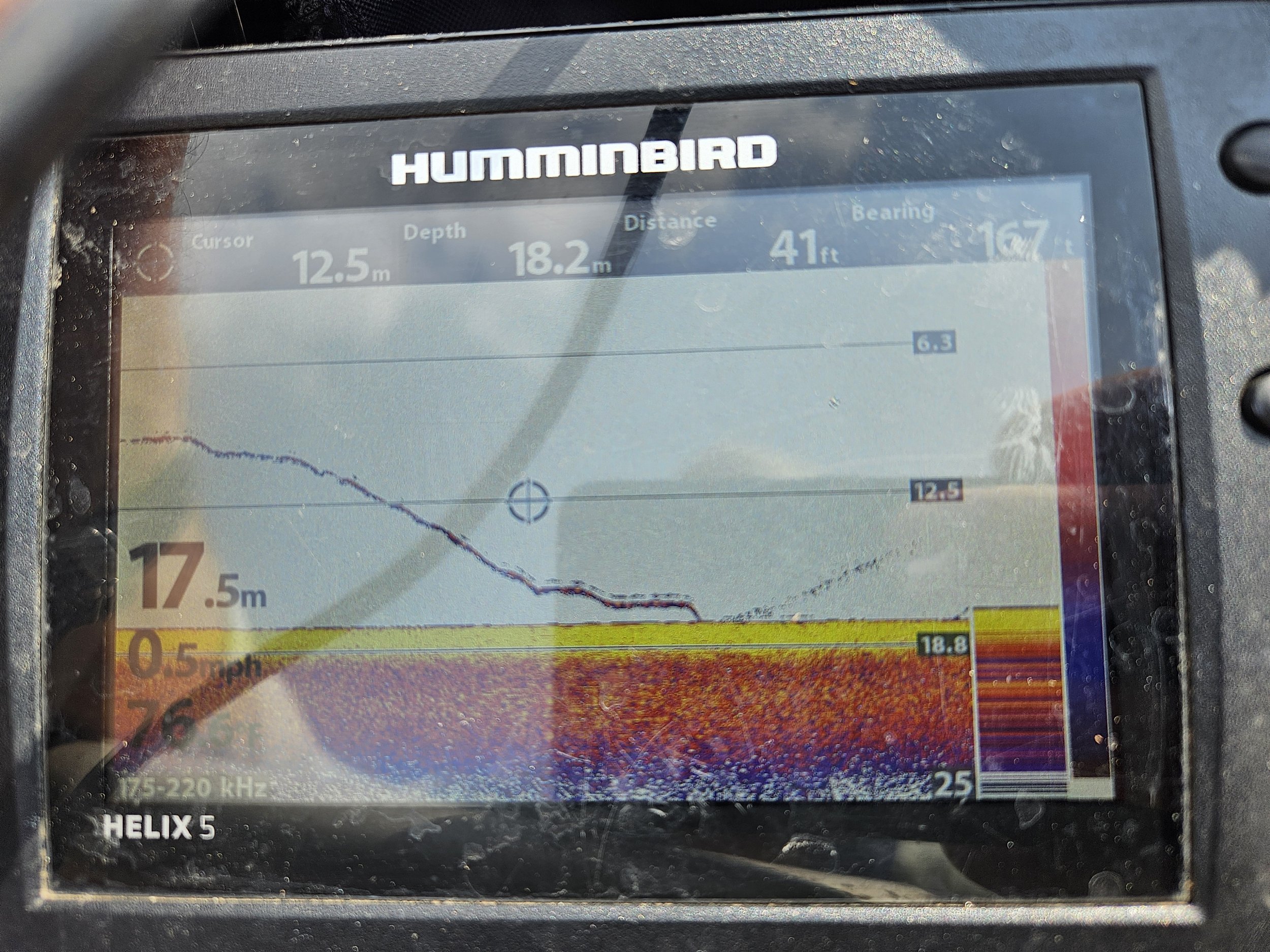Minnesota lakes are changing, and human activities can create stressful conditions for walleye and the aquatic organisms they depend on.
This project focuses on the impacts of increasing temperatures, nutrients, and invasive species on walleye habitat and how fish communities respond to changing environments and management regimes across hundreds of years. The sensitivity of our walleye fisheries to changes in the past and future needs to be understood to manage, maintain, and protect these important economic, cultural, and environmental resources efficiently and effectively. This project documents environmental and ecological changes in a group of important walleye lakes using sub-fossil remains of multiple trophic levels (phytoplankton, zooplankton, insect larvae) in historical lake sediment cores to understand how environmental conditions and fish communities have changed in the decades before monitoring programs began. We are developing relationships between water clarity, temperature, zooplankton communities, and fish communities based on contemporary data that can be applied to historical reconstructions of lake conditions to better understand the diverse responses of lakes to perturbations. We are examining relationships between fossil remains and historical fisheries data to understand which conditions in a lake are associated with fish populations, which walleye populations are the most resilient to change, and which lakes are most sensitive to future perturbations.
This project partners with a diverse group of resource managers, including the Science Museum of Minnesota and state and tribal natural resource agencies.











